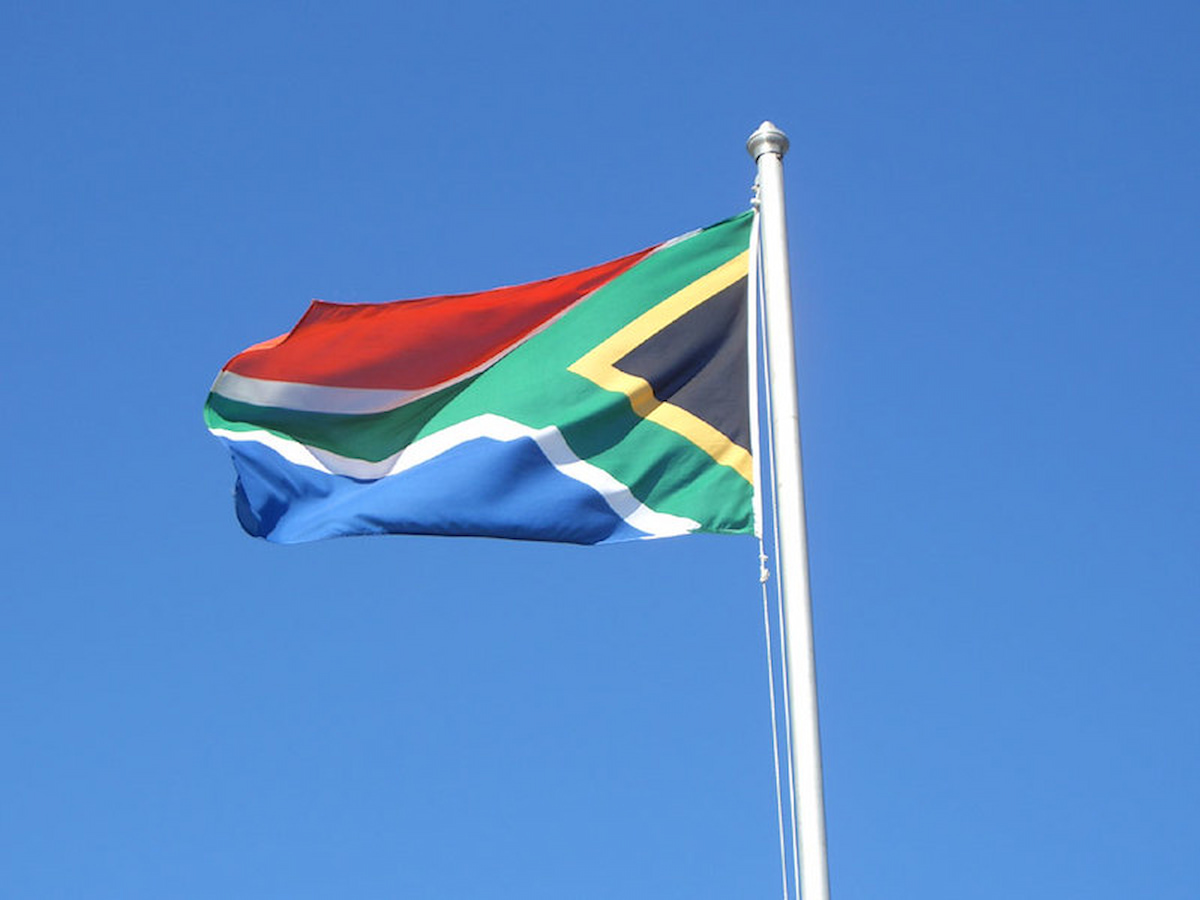
Eastern Cape, North West hold SA back while surprise province gives hope
Meanwhile, Gauteng remains South Africa’s economic powerhouse, contributing a massive 33.2% to the country’s nominal GDP in 2024.

South Africa’s economic growth engine sputtered in 2024, with new provincial gross domestic product figures revealing that South Africa’s real GDP increased by only 0.5% compared to 2023, leaving many citizens concerned about the nation’s future.
This modest national growth masks a tale of two economies, as detailed in the latest Provincial gross Domestic Product 2024 statistical release from Statistics South Africa (Stats SA). While the biggest economic contributors managed to grow, three key provinces actually saw their economies shrink this year.
According to the official 2024 data, the Eastern Cape saw negative real growth, contracting by -0.2%. Similarly, the North West and the Northern Cape also recorded negative growth rates, both dipping by -0.1%.
For provinces that rely heavily on sectors like mining, such as North West (where mining is the largest contributor at 24%), or personal services, such as Eastern Cape (where personal services contribute 23%), this decline paints a worrying picture for jobs and regional development.
Gauteng Still the Powerhouse, But Barely Moving
Gauteng remains the economic powerhouse, contributing a massive 33.2% to South Africa’s nominal GDP in 2024. Despite its enormous size, the province only managed to record a real growth rate of 0.8%.
Gauteng’s economy relies heavily on finance, real estate, and business services (contributing 27%), followed by manufacturing (contributing 16%). KwaZulu-Natal followed as the second largest economy, contributing 16.1% to the national GDP, managing a slight growth of 0.4% in 2024.
Limpopo’s Quiet GDP Victory
In contrast to the stagnant national figure, Limpopo province delivered the biggest surprise, recording the highest real growth rate in the country for 2024 at 0.9%. Limpopo’s economic structure relies primarily on personal services (22%), with mining and quarrying following closely behind (19%), helping to boost its overall percentage contribution to South Africa’s GDP from 7.7% in 2023 to 7.8% in 2024.
The Western Cape also saw positive growth of 0.7%, strengthening its position as the third-largest provincial economy, contributing 14.2% to the national GDP.
Overall, the picture is one of mixed fortunes, where provincial economies continued to show patterns alternating between growth rates above and below the sluggish national average of 0.5%,.
